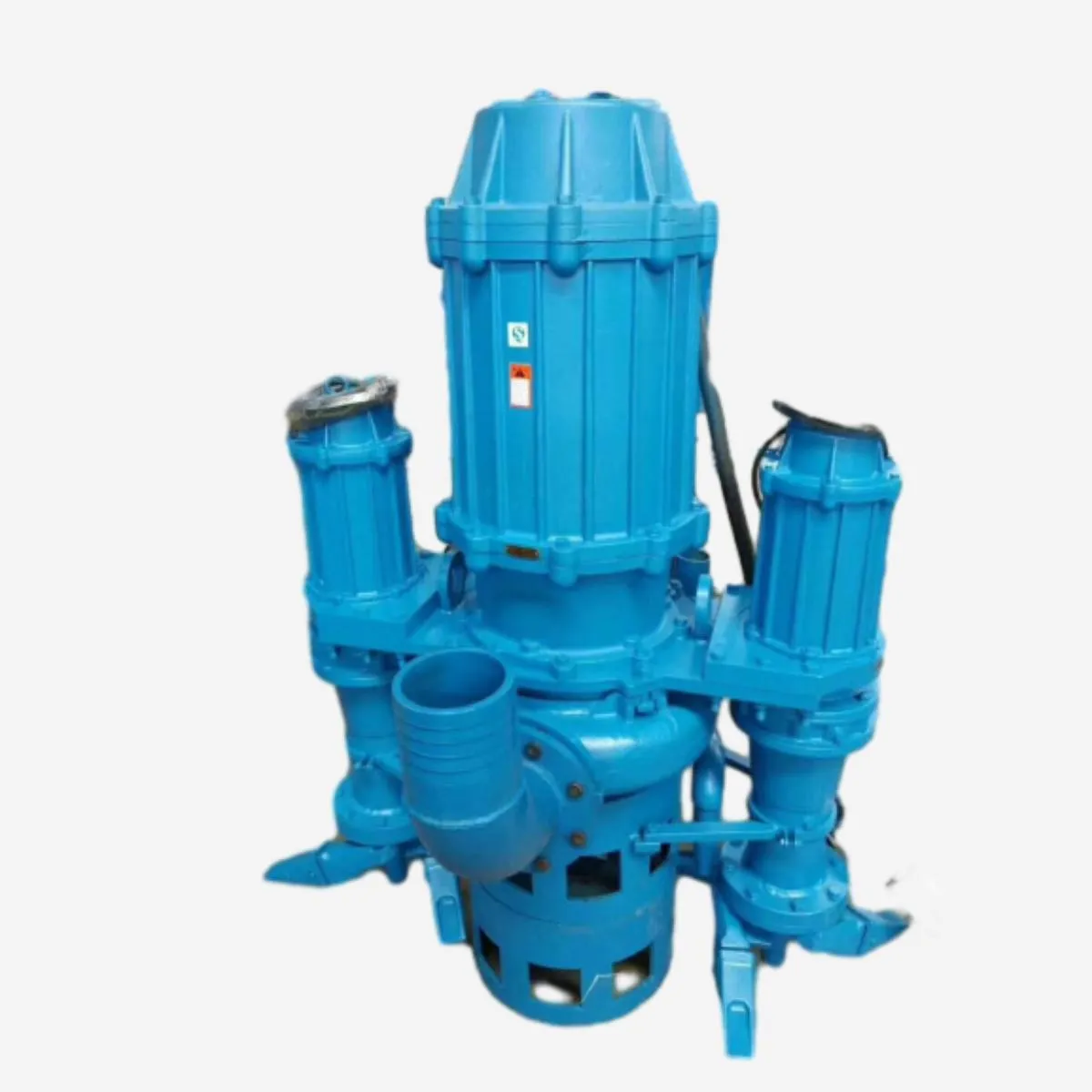English
- Afrikaans
- Albanian
- Amharic
- Arabic
- Armenian
- Azerbaijani
- Basque
- Belarusian
- Bengali
- Bosnian
- Bulgarian
- Catalan
- Cebuano
- Corsican
- Croatian
- Czech
- Danish
- Dutch
- English
- Esperanto
- Estonian
- Finnish
- French
- Frisian
- Galician
- Georgian
- German
- Greek
- Gujarati
- Haitian Creole
- hausa
- hawaiian
- Hebrew
- Hindi
- Miao
- Hungarian
- Icelandic
- igbo
- Indonesian
- irish
- Italian
- Japanese
- Javanese
- Kannada
- kazakh
- Khmer
- Rwandese
- Korean
- Kurdish
- Kyrgyz
- Lao
- Latin
- Latvian
- Lithuanian
- Luxembourgish
- Macedonian
- Malgashi
- Malay
- Malayalam
- Maltese
- Maori
- Marathi
- Mongolian
- Myanmar
- Nepali
- Norwegian
- Norwegian
- Occitan
- Pashto
- Persian
- Polish
- Portuguese
- Punjabi
- Romanian
- Russian
- Samoan
- Scottish Gaelic
- Serbian
- Sesotho
- Shona
- Sindhi
- Sinhala
- Slovak
- Slovenian
- Somali
- Spanish
- Sundanese
- Swahili
- Swedish
- Tagalog
- Tajik
- Tamil
- Tatar
- Telugu
- Thai
- Turkish
- Turkmen
- Ukrainian
- Urdu
- Uighur
- Uzbek
- Vietnamese
- Welsh
- Bantu
- Yiddish
- Yoruba
- Zulu
Telephone: +86 13120555503
Email: frank@cypump.com
Dec . 10, 2024 11:43 Back to list
lift pump for sewer
Understanding Lift Pumps for Sewage Systems
In modern waste management, the efficient transportation of sewage is critical to maintaining public health and environmental safety. One essential component in sewage systems is the lift pump, also known as a sewage lift pump. This article delves into the purpose, working mechanism, benefits, and considerations associated with lift pumps, making it clear why they are integral to effective sewage management.
What Are Lift Pumps?
Lift pumps are specialized pumps designed to transport sewage and wastewater from lower elevations to higher elevations, where gravity can facilitate further movement through the drainage system. They are especially important in areas where gravity flow is not possible due to topographical challenges. The primary function of a lift pump is to lift wastewater from a collection point—such as a sewer pit or septic tank—and move it to a treatment facility or main sewer line.
Working Mechanism of Lift Pumps
Lift pumps operate on a relatively straightforward principle. When wastewater enters the lift station, it triggers a float switch that activates the pump. The pump then draws the sewage into its housing and expels it through the discharge pipe. Depending on the design, lift pumps can handle solids and other debris, ensuring that the system operates smoothly.
The pumps can be submersible or non-submersible. Submersible pumps are installed below the water level and are often used in larger systems since they can handle more significant volumes of wastewater. Non-submersible pumps, on the other hand, are installed above the ground and are often used for smaller applications.
Benefits of Lift Pumps
1. Overcoming Gravity The primary advantage of lift pumps is their ability to move sewage against gravitational forces. This feature is crucial in areas with high water tables or uneven terrain where traditional gravity-fed sewage systems would fail.
2. Space Efficient Lift stations can be located underground, saving space on the surface and minimizing the visual impact on the environment.
3. Reliable Operation Modern lift pumps are designed to be reliable and durable, ensuring continuous operation with minimal maintenance. Many models are equipped with alarms and monitoring systems to notify homeowners or operators of potential issues.
lift pump for sewer

4. Cost-Effective While the initial installation of a lift pump might entail some costs, their ability to efficiently manage sewage can lead to reduced long-term expenses in sewage treatment and infrastructure maintenance.
5. Environmental Protection By effectively moving sewage to treatment facilities, lift pumps play a vital role in protecting water bodies and the environment from contamination.
Considerations When Choosing a Lift Pump
When selecting a lift pump for a sewage system, several factors must be considered
1. Pump Capacity The capacity of the pump should match the expected volume of wastewater to be handled. It's essential to calculate peak flow rates to ensure proper sizing.
2. Type of Sewage Depending on whether the sewage is primarily liquid or includes solid waste and debris, different pump types may be more suitable.
3. Power Supply Lift pumps can run on various power sources, including electricity and solar energy. The choice will depend on availability and cost-effectiveness.
4. Lifespan and Maintenance Investing in a high-quality lift pump can lead to significant long-term savings. Regular maintenance checks are crucial to ensure optimal performance.
5. Location and Accessibility The location of the lift station should be easily accessible for maintenance and inspection, especially in emergency situations.
Conclusion
Lift pumps play a vital role in modern sewage management systems by enabling the efficient transport of wastewater. Their design and functionality address the challenges posed by topography and density, making them indispensable in both urban and rural settings. By understanding the importance of lift pumps and the considerations for their selection and maintenance, we can better appreciate their contribution to public health and environmental sustainability. As we move forward, it is crucial to continue investing in technologies and practices that enhance the efficiency and efficacy of sewage systems, ensuring cleaner, safer communities for everyone.
-
Heavy-Duty Mining Sludge Pumps - Wear-Resistant Slurry Handling
NewsAug.02,2025
-
Horizontal Split Case Pump with GPT-4 Turbo | High Efficiency
NewsAug.01,2025
-
ISG Series Pipeline Pump - Chi Yuan Pumps | High Efficiency, Durable Design
NewsAug.01,2025
-
Advanced Flue Gas Desulfurization Pump with GPT-4 Turbo | Durable & Efficient
NewsJul.31,2025
-
ISG Series Vertical Pipeline Pump - Chi Yuan Pumps | Advanced Hydraulic Design&Durable Construction
NewsJul.31,2025
-
ISG Series Vertical Pipeline Pump - Chi Yuan Pumps | Energy Efficient & Low Noise
NewsJul.31,2025










